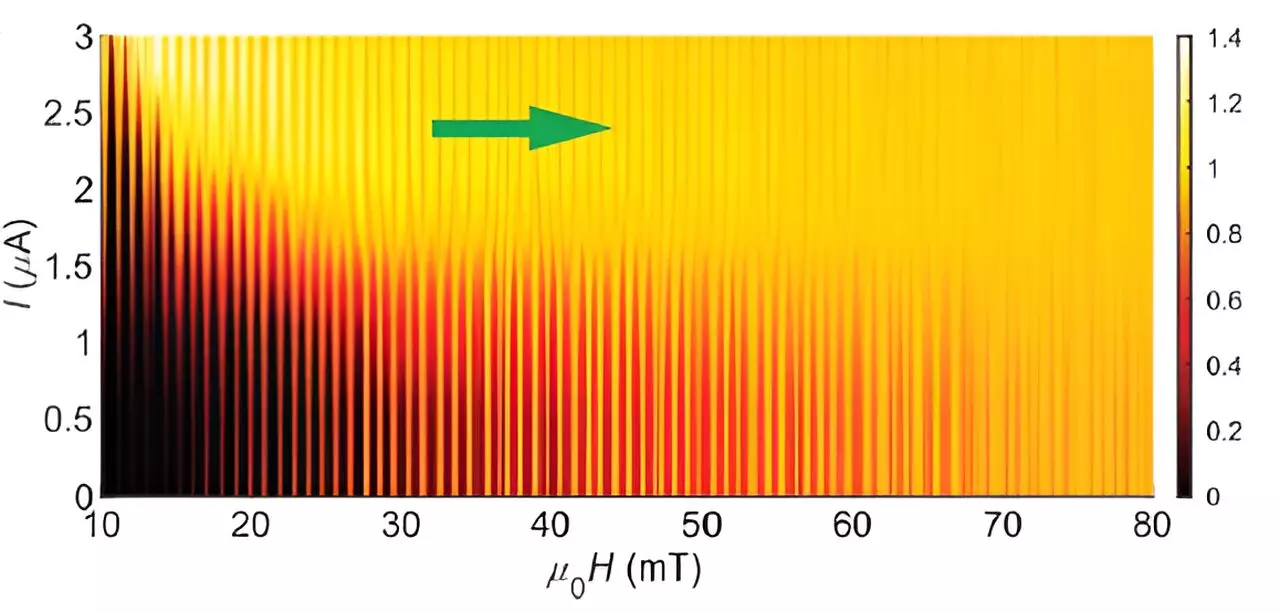The intersection of topology and superconductivity offers a tantalizing glimpse into the potential future of quantum technologies. Topological materials exhibit unique electronic properties due to the complex way in which their wavefunctions behave, particularly at boundaries where they interact with their environment. This phenomenon not only affects the behavior of electrons within the bulk of the material but also significantly alters how they move at the edges, giving rise to fascinating edge states.
Topological materials are defined by the fact that their electron wavefunctions are configured in a knotted or twisted manner. This intricate arrangement requires that when a topological material transitions to a different medium—like air or another material—the wavefunction must “unravel.” This leads to a distinctive behavior for electrons residing at the material’s edges, which often differs from those in the material’s interior. The phenomenon of edge states arises from this unraveling, where electrons at the periphery of the material can interact and behave differently based on the topology of the band structure.
In the realm of superconductivity, the behavior of these edge states becomes even more complex and intriguing. When discussing topological superconductors, we encounter a scenario where both the bulk and edges exhibit superconducting properties but do so in disparate manners. This is akin to two adjacent pools of water that coexist without merging—a striking analogy that highlights the unusual characteristics of topological superconductors.
Recent studies, particularly one published in *Nature Physics*, outline how superconducting edge currents in materials like molybdenum telluride (MoTe2) can maintain their properties even when faced with significant changes in the coupling mechanisms that facilitate electron pairing. This traditional pairing, referred to as the “glue” that holds superconducting pairs together, is crucial for the conduction of electricity without resistance.
Topological superconductors represent a compelling area of research due to their potential for enabling quantum computation through special particles known as anyons. Unlike traditional electrons, anyons possess the unique quality of “remembering” their quantum state due to their topological characteristics. This means they can be arranged in a manner that protects against computational errors, a significant advantage in the pursuit of robust quantum technologies.
The study of MoTe2 as a topological superconductor unveils remarkable insights into the behavior of edge supercurrents. When subjected to a magnetic field, the supercurrent oscillates, with the edge currents responding more swiftly than those in the bulk of the material. This difference showcases a modulation effect that allows researchers to investigate the properties of superconducting electrons beyond traditional boundaries.
In efforts to enhance the superconducting capabilities of MoTe2, scientists have experimented by depositing niobium (Nb) onto the material. Niobium is known for its strong electron pairing potential, and when applied to MoTe2, it creates a fascinating interplay between the two materials’ properties. The introduction of Nb allows electrons in MoTe2 to experience a stronger pairing potential, thereby amplifying the oscillations of the edge supercurrents. However, this interaction is not without complications; it reveals an incompatibility between the distinct characteristics of Nb and MoTe2, leading to fluctuating behaviors in the electron pairing at the edges.
The resultant interactions leave an observable impact on the oscillations of the supercurrents, with clearer and less noisy signals emerging when the edge pair potential aligns closely with that of bulk MoTe2. These findings underscore the importance of understanding and harnessing edge states for practical applications in quantum technologies.
The confirmation of edge supercurrents within topological superconductors opens up a realm of possibilities. Researchers anticipate these systems may pave the way for groundbreaking advancements in energy-efficient electronics and sophisticated quantum computational systems. By manipulating edge currents and their associated properties, scientists can work towards creating robust platforms for quantum information processing.
As we dive deeper into the understanding of topological superconductors and their associated phenomena, the intersection of theory and practical application emerges clearly. The future of electronics may likely hinge upon our ability to not only comprehend these complex materials but also smartly engineer their properties for a wide array of innovative technologies. The ongoing exploration into materials like MoTe2 not only enhances our fundamental understanding of superconductivity and topology but could very well revolutionize the technological landscape in the coming years.


Leave a Reply